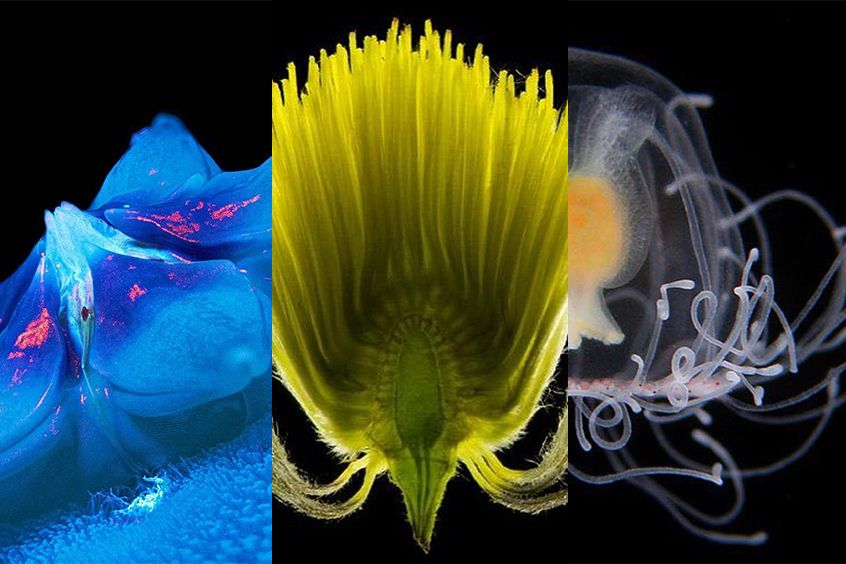Our favorite microscope images from June all reflect some of our favorite things: oceans, the great outdoors, and even organs! Check them out below.
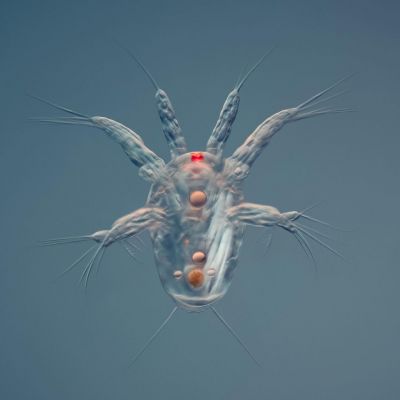
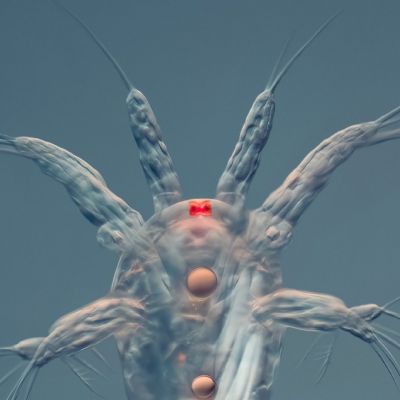
It’s no surprise that our top image for June is another in Håkan Kvarnström's series, "Exploring the Microscopic World with X Line Objectives." This is a Nauplius larva of a Cyclops copepod and measures approximately 0.1 mm in size. Known for being very efficient hunters, they use their strong legs (antennas) to jump over their prey and kill them within 50 milliseconds! They are extremely fast and can move at a speed up to 100 body lengths per second during an attack or when trying to escape bigger predators. Later in life, these larvae develop into adult Cyclops (copepods).
In the close-up image, you can see the “muscles” and strength of the antennas! No wonder it can move so fast. As with all true Cyclops, they have a single red eye (photo receptor) in the front center of the body.
Image and description courtesy of Håkan Kvarnström. Captured using DIC on an Olympus BX51 microscope with a 10X X Line objective.
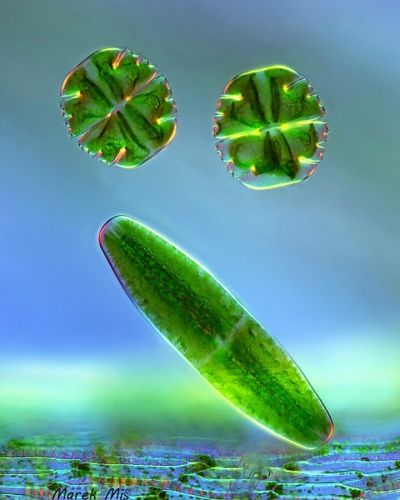
This stunning image shows two types of desmids—Netrium and Micrasterias truncata. Found most commonly in fresh water, there are approximately 5,000–6,000 species of this type of green algae.
Image courtesy of Marek Miś.
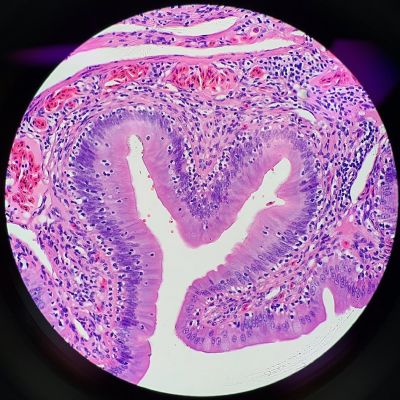
Pareidolia is the tendency for humans to impose a meaningful interpretation on what might actually be an abstract visual, resulting in us seeing objects, patterns, or even faces. This image is not, in fact, a drawing of a heart, but a histostain of the gastrointestinal tract of a tegu! Tegus are large lizards that are native to Central and South America and are known for their size and predatory habits.
Image courtesy of Kate Murphy. Captured on an Olympus BX40 microscope.
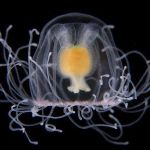
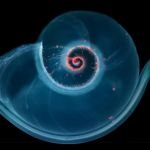

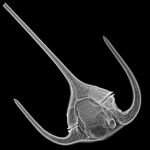

June 8 was World Oceans Day, and our selection of aquatic images celebrate how important our oceans are to the planet and population. The ocean covers over 70% of the planet, is home to hundreds of thousands of species, and produces at least 50% of the planet’s oxygen. We need the ocean, but more importantly the ocean needs us to protect and preserve it—now more than ever.
- Over 8 million metrics tons of plastic is dumped in the ocean each year, equivalent to 57,000 blue whales.
- It's reported that close to 90% of the big fish population is already depleted.
- Studies show that 50% of coral reefs have died in the last 30 years.
In addition to recycling and limiting plastic use, you can help diminish the effects on the oceans by limiting your energy consumption, participating in local beach cleanups, and supporting organizations working to protect the ocean.
Images (L-R): Jellyfish courtesy of Dr. Alvaro Migotto; shell courtesy of Håkan Kvarnström; coral courtesy of James Nicholson; dinoflagellate courtesy of Jan Michels; orange-striped green sea anemone courtesy of Damon Tighe.
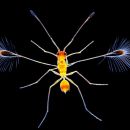

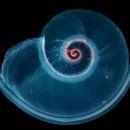


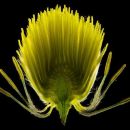
Summer officially arrived in the northern hemisphere on June 20, and with it we decided to take a close look at some of the signs of the season. While some of us may have different reactions to insects and creepy crawlers, marine life at the beach, and the flowers and plants that sprout up, we can agree that they all look beautiful at the microscopic level.
Images (L-R): fairy fly wasp courtesy of Spike Walker; tick courtesy of Dr. Robert Zucker; shell courtesy of Håkan Kvarnström; claw of crustacean courtesy of Dr. Christian Sardet; Hoya Carnosa flower courtesy of Oleksandr Holovachov; Old Man's Beard shrub courtesy of Viktor Sýkora.
To see more images like these, be sure to follow us on Instagram at @olympuslifescience!
Interested in sharing your own images? Visit our image submission site.
Related Content
Bugs and Brains: Our Most Popular Microscope Images for May 2021
Avalon Finds Her Dream Microscope to Study Rotifers
The Art and Science of Neurogarden—Meet the 2019 IOTY Global Winner
.jpg?rev=75C7)

